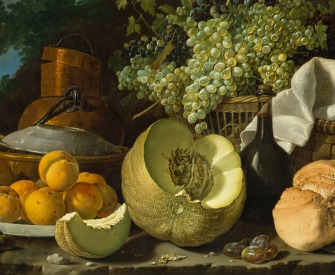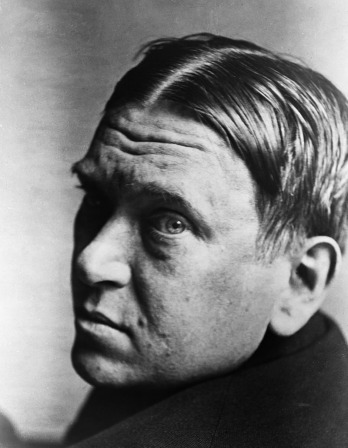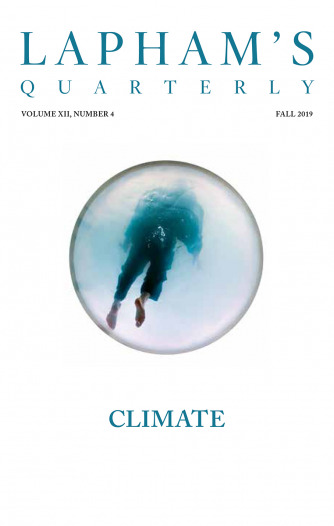The result of my inquiry into the eighty-nine deaths from cholera registered during the week ending September 2 was that the increase of disease was found only among the persons who were in the habit of drinking the water of the Broad Street pump well.
There are various ways in which the deceased persons may have taken it without the knowledge of their friends. The water was used for mixing with spirits in some of the public houses around. It was used, likewise, at dining rooms and coffee shops. The keeper of a coffee shop where the pump water was supplied at dinnertime informed me on September 6 that she was already aware of nine of her customers who were dead! The water of this pump was also sold in various little shops with a teaspoonful of effervescing powder in it under the name of sherbet, and it may have been distributed in various other ways with which I am unacquainted.
The death of Mrs. E——, who drank the water from Broad Street at West End, Hampstead, deserves especially to be noticed. A cart went from Broad Street to West End every day, and it was the custom to take out a large bottle of the water from the pump in Broad Street, as she preferred it. The water was taken out on Thursday, August 31. She was seized with cholera on Friday evening and died on Saturday.
On September 2 a carpenter, aged thirty, died. He was a foreigner and used to drink wine and water to his dinner. The water was procured by the people who kept the house, and they got it from Broad Street pump, as they thought the water better than that in Warwick Street, which is much nearer.
At 13 Wardour Street, near to Oxford Street, the wife of a tradesman died on September 2. Her husband informed me that they used to have pump water which the deceased used to drink. The boy was always directed to fetch it from Broad Street.
From Report on the Cholera Outbreak. Snow was an eighteen-year-old medical student when the first of the three major cholera epidemics to which he would bear witness struck England in October 1831. The third, which started in 1853, gave Snow the opportunity to test his theory—described by a colleague as “almost too revolting and disgusting to write and read”—that cholera was transmitted through a waterborne contagion rather than corrupted air.
Back to Issue





